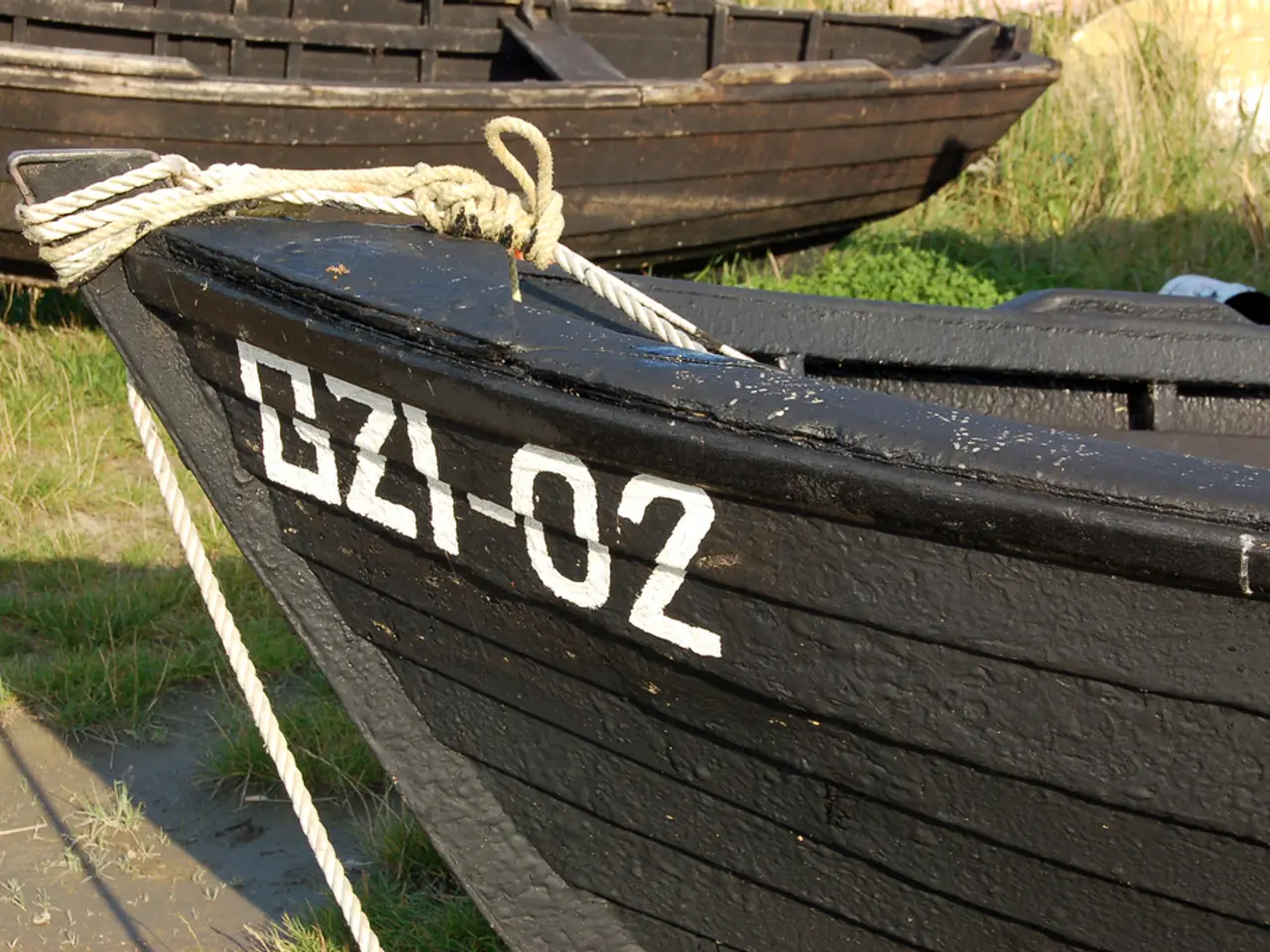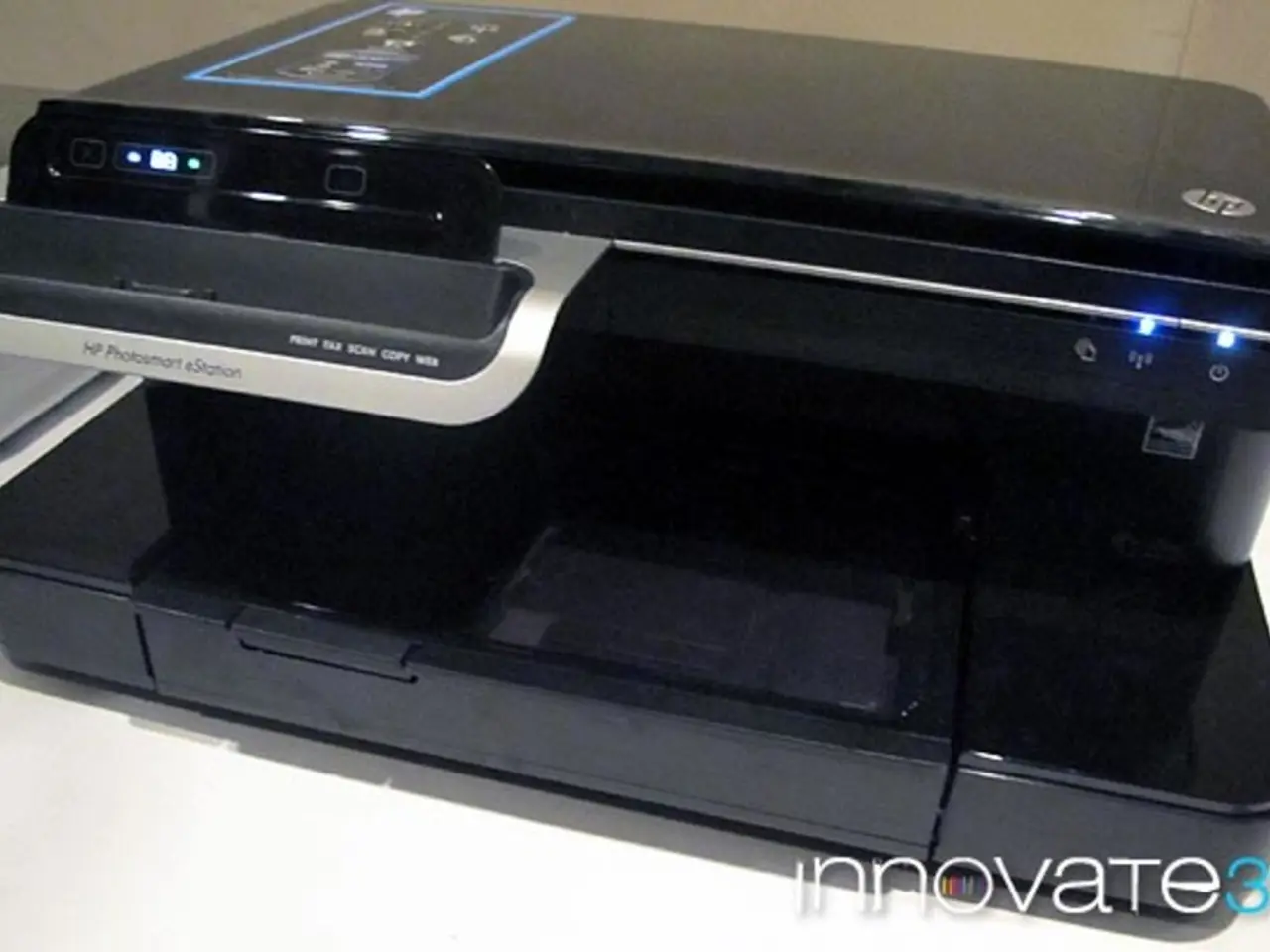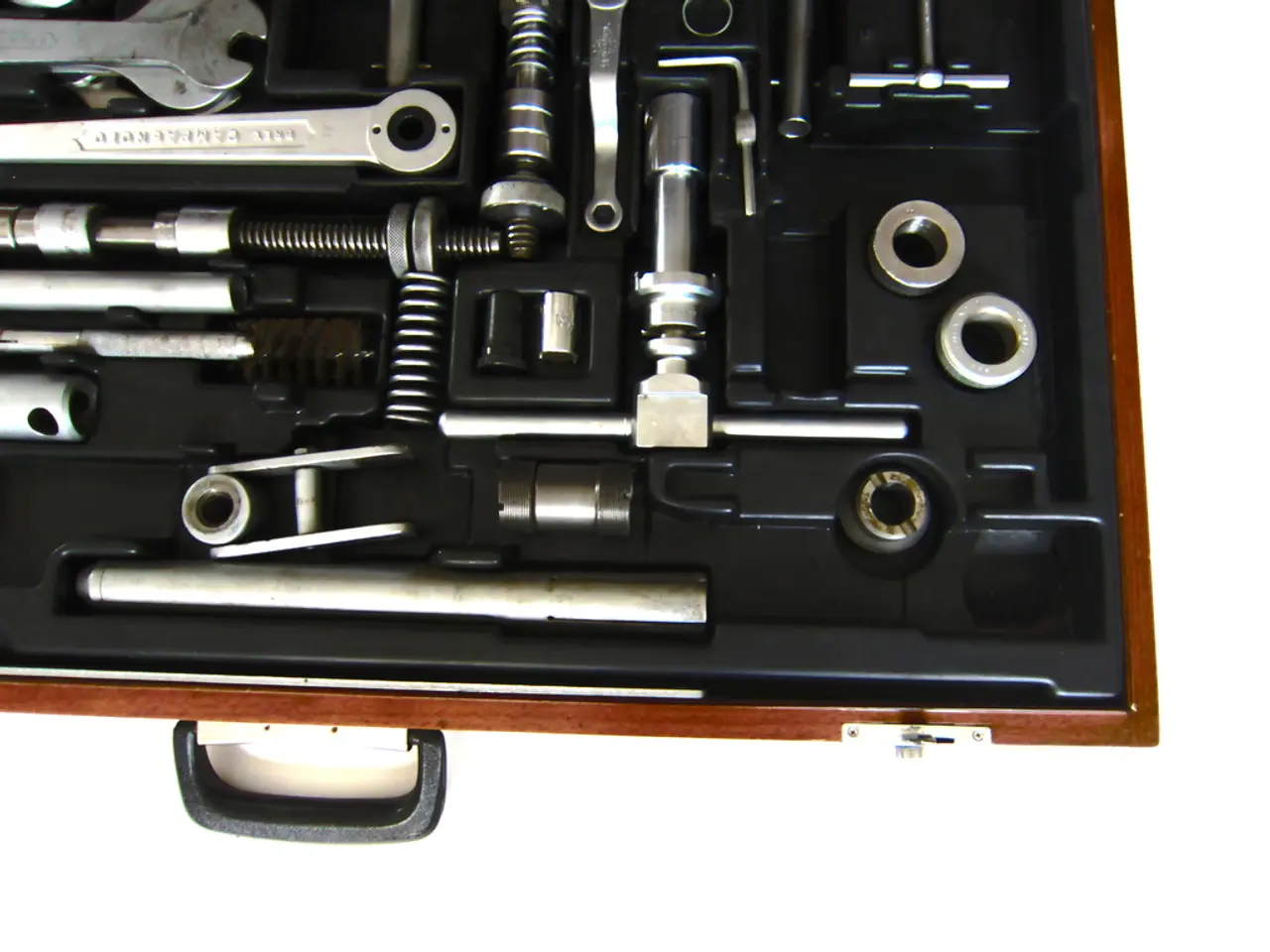Assessment of a Community-Driven Bathymetric Method
In a recent study, the accuracy of crowd-sourced harbor charts was evaluated against professional hydrographic surveys in the Ashdod Port, Israel. The study, conducted by innovation company DockTech, aimed to improve port operations by producing periodic charts using soundings from service vessels.
The Data Collection Process
The data collection for this project involved equipping two service vessels with a tailor-made data recording system that continuously records navigation and Single Beam soundings. Multi-Beam Echosounders (MBES), a standard for seafloor mapping since the early 1990's, were not used in this case.
Comparing Crowd-Sourced Data and Professional Surveys
Crowd-sourced harbor charts, derived from service vessel data, generally do not meet the accuracy and quality standards of professional hydrographic surveys conducted according to the IHO S-44 Standards. Professional surveys conform to strict requirements for positioning accuracy, depth measurement precision, survey line spacing, and seabed coverage, ensuring data suitability for safe navigation and official charts.
Key points comparing crowd-sourced data and professional hydrographic surveys include:
- IHO S-44 Standards require rigorous controls including calibrated equipment, systematic survey patterns, and quality assurance measures. These surveys are classified into quality categories (A1, A2, B, etc.) based on positional accuracy, depth precision, and seabed coverage.
- Crowd-sourced harbor charts from service vessels, collected opportunistically during normal vessel operations, typically lack systematic coverage, have less controlled sonar calibration, and may have variable positional accuracy due to dependence on vessel GPS quality and operational factors.
- Challenges with crowd-sourced data include inconsistent survey line spacing, uneven bottom coverage, potential presence of noise or outliers, and difficulties achieving reliable depth accuracy needed for navigational safety assessments.
- Zones of Confidence (ZOC) ratings applied to official charts reflect this difference. Professional surveys achieve higher confidence categories (A1 or A2), whereas crowd-sourced data would often fall into lower or unassessed categories, signaling caution in use for critical navigation.
However, crowd-sourced data can be valuable for updating charts between professional surveys, identifying changes, and improving situational awareness where official data is older or less dense. But they must be carefully evaluated, corrected, and validated before operational use.
The Results
The study found that the median error (in meters) for the raw data would be greater than 6m, with outliers of above 20m. After removing (most) of the noise, a singular normal distribution appeared.
When comparing the entire overlapping area inside the port, the average depth difference between the Single Beam (SB) and MB grids was 18cm with a standard deviation of 14cm. The DockTech map was generally shallower than the hydrographic survey.
Bathymetric Coverage of 100% is required for Special Order, but statistically full coverage would not be achieved, but the above requirement should be achieved with little less than 100% coverage.
For Order 1a, standalone GNSS navigation should suffice for the THU requirement, and the TVU requirement translates to 51.6cm at -10m depth and almost 54cm at -16m. The DockTech map complies with these requirements when considering the MBES survey as "truth".
Recommendations for Improving Data Quality
To improve the quality of the data obtained from random soundings by a service vessel in a port and to achieve full IHO S-44 Special Order requirements, measures such as using RTK or DGNSS navigation, static offset measurements, Anomaly Detection in Machine Learning, regular sound speed measurements, and reducing the geohash size are recommended.
A controlled hydrographic survey of the port was conducted for comparison using RTK GPS navigation and a Norbit iWBMS survey system at 400kHz.
The long term goal is to implement the procedure in harbors around the world, to support maintenance management by the port authorities and improve safety for vessels using the harbor.
In summary, while crowd-sourced harbor charts provide useful supplementary depth information, they are significantly less accurate and reliable than hydrographic surveys conducted under IHO S-44 Standards and cannot replace them for official or safety-critical charting without proper assessment and quality control.
- The study conducted by DockTech, aiming to improve port operations, used technology in the form of data-and-cloud-computing and a tailor-made data recording system to collect navigation and Single Beam sounding data from two service vessels.
- In marine science, professional hydrographic surveys, compared to crowd-sourced harbor charts, are required to follow the stringent IHO S-44 Standards that ensure data quality for safety of navigation and official charts.
- Due to factors like lack of systematic coverage, inconsistent survey line spacing, and variable positional accuracy, crowd-sourced harbor charts may not achieve the high ZOC ratings and positional accuracy needed for navigational safety applications like those used in climate-change studies and environmental-science research.
- To improve the quality of crowd-sourced data, recommendations include using advanced technologies such as Real-Time Kinematic (RTK) or DGNSS navigation, static offset measurements, Anomaly Detection in Machine Learning, regular sound speed measurements, and reducing the geohash size in the hydrographic survey process.



